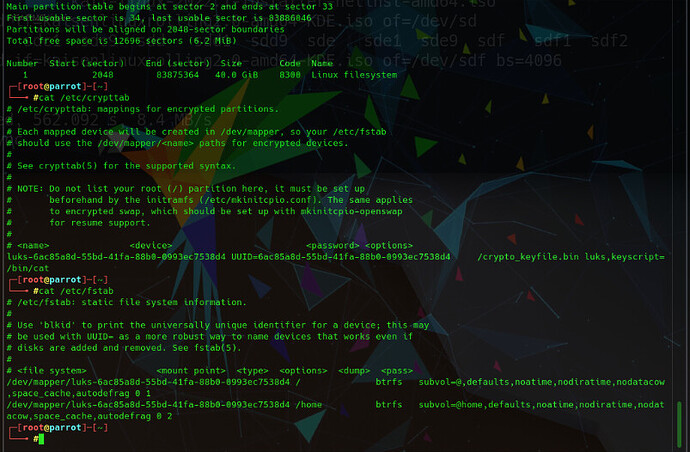I already tried to implement this feature (even before Kali, about a year ago), but the problem was that Docker volumes were interpreted as a snapshot by GRUB.
Considering the needs of the distribution and the fact that I can’t fix this behavior, I abandoned the idea.
On Kaisen, remember, I use GRUB 2.04, I am forced to have a really separate /boot to be able to boot the distribution if the / is encrypted.
What I recommend, and what I also do on my machines is to let the automatic partitioning do its job, you will have /boot and /.
On Kaisen, the software apt-btrfs-snapshot is used to make an automatic snapshot when APT is used (it’s an apt hook). This ensures that if an update goes wrong (even if it happens rarely), you can roll back via the CLI or a live system), the documentation talks about it: https://kaisenlinux.org/documentation/advanced-btrfs-utilisation.html#snapshots
During the update process, if you see that something went wrong, you just have to go back to the snapshot that was taken.
It’s not as advanced and practical as starting on these snapshots via GRUB, there are some extra steps, but the behavior is the same.
Personally, I use Timeshift for poctual snapshots. It works very well with separate /boot and / partitions and even handles the /home snapshot if it is separate.
For snapper, it should work the same way as Timeshift with some configuration 
I guess you get this behavior with Parrot (/boot not separated from /), because you used the Calamares installer provided by Parrot. I have used it via Kaisen in the past (on release 1.2), but I had too many problems with it, so I gave up the idea. Calamares handles encryption differently via LUKS which allows not to separate partitions, but I noticed that the keyboard language was not necessarily adapted (it was QWERTY by default, I’m in AZERTY for example, at least when I did it at the time, it may have changed since then).
Also for customization reasons and to make sure that the system is installed correctly according to the user’s choices, I have post-installation scripts that run via d-i at the end of the Kaisen installation. This was less convenient to integrate via Calamares.



